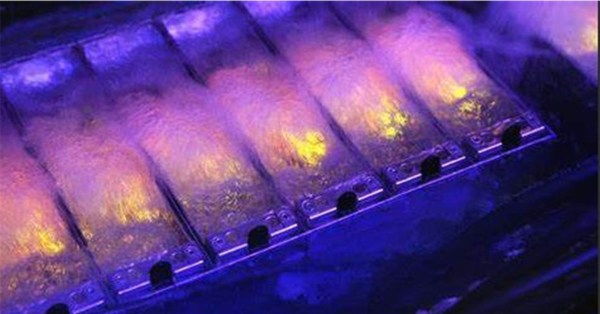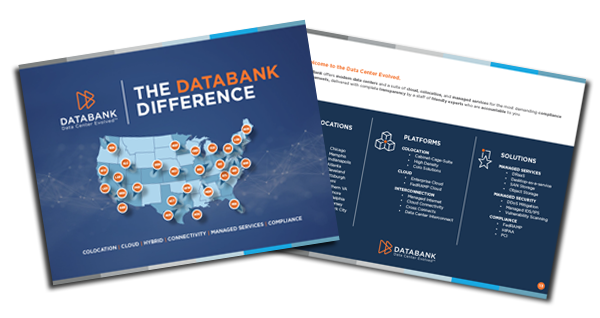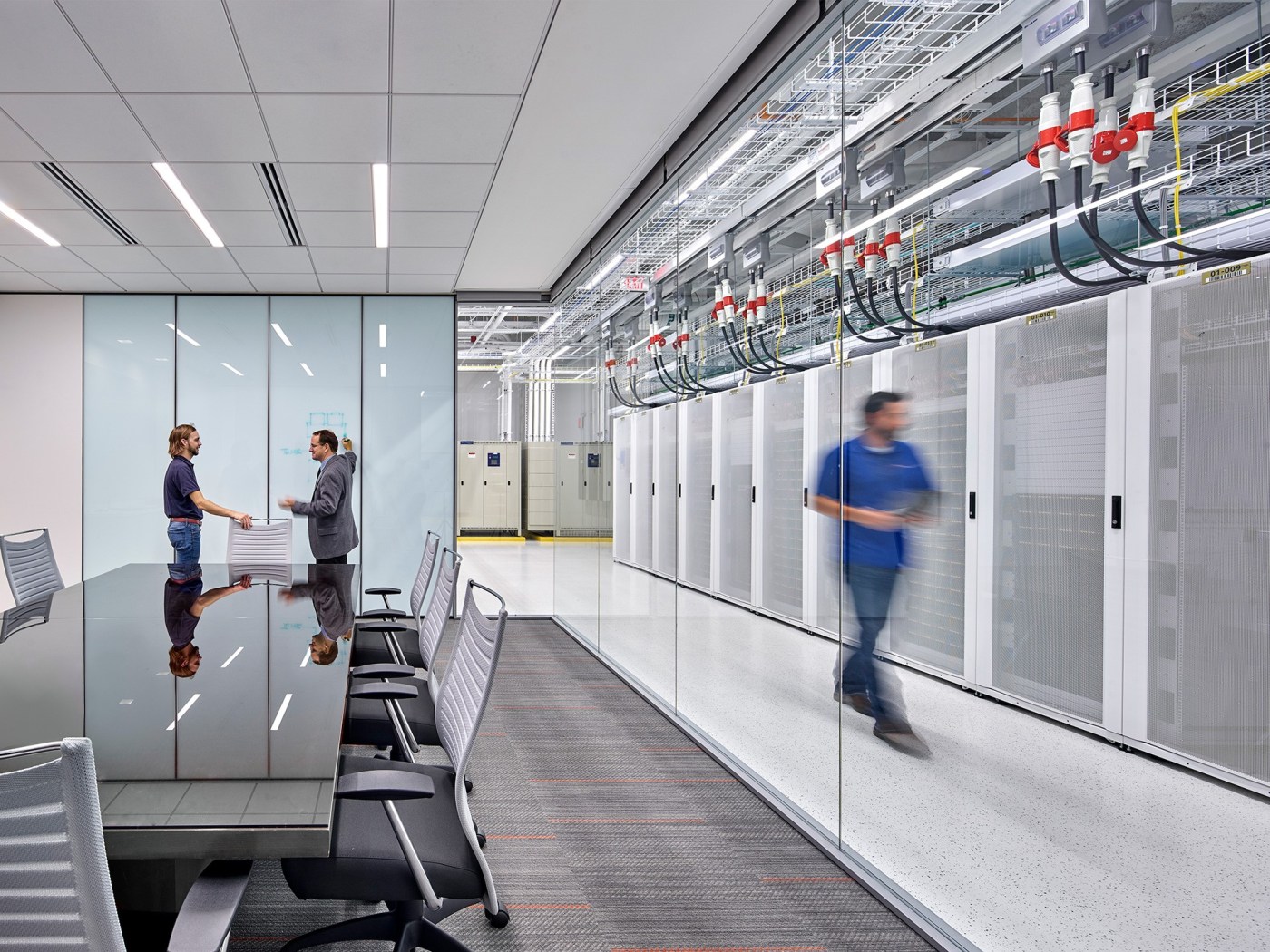As computers have become more powerful they have started to generate increased amounts of heat during their operation. This is particularly evident in data centers since these facilities typically contain a lot of very powerful computers. With that in mind, here is a quick guide to what you need to know about data center cooling technologies.
Traditional data center cooling technologies
Traditional data center cooling technologies were largely based on air cooling systems. Here is an overview of the five main ways air was used to cool data centers.
Air Conditioning Units (ACUs)
ACUs are the most common traditional cooling technology used in data centers. They regulate temperature by drawing in hot air and expelling cool air, maintaining optimal conditions for equipment. ACUs typically use refrigerants to cool the air before circulating it throughout the facility.
Computer room air conditioning (CRAC) units
CRAC units are specialized ACUs designed specifically for data centers. They provide precise control over temperature, humidity, and airflow. CRAC units are often placed near server racks to ensure efficient cooling.
In-row cooling units
In-row cooling units are placed between server racks to provide targeted cooling directly to the equipment. They draw in hot air from the equipment and expel cool air, minimizing the distance hot air travels before being cooled. This approach improves cooling efficiency and allows for more precise temperature control.
Raised floor plenum cooling
This method involves circulating cool air through a raised floor system beneath the data center’s equipment. Perforated tiles allow cool air to flow upward, cooling the equipment above. As the air absorbs the heat from the equipment, it becomes warmer. The warm air continues to rise until it is either expelled through ceiling vents or returned to the cooling units for recooling and reuse.
Hot aisle/cold aisle configuration
In this layout, server racks are arranged so that the fronts face each other in cold aisles, while the backs face each other in hot aisles. Cold aisles receive cool air from the cooling units, while hot aisles expel hot air generated by the servers. This configuration improves airflow management and prevents hot and cold air from mixing, enhancing cooling efficiency.
The move to advanced data center cooling technologies
With traditional data center cooling technologies there was typically a direct correlation between effectiveness and power consumption. As a result, cooling data centers was both expensive and environmentally unfriendly. This led the data center industry to look for more energy-efficient solutions. Here is an overview of the five main data center cooling technologies currently in use.
Liquid cooling systems
Liquid cooling systems use water or other dielectric fluids to cool server components, such as CPUs and GPUs. Heat is absorbed by the fluid, which then carries it away from the components. This method is highly efficient, as liquids have a higher heat capacity and thermal conductivity compared to air.
Chilled water systems
Chilled water systems use water to absorb and remove heat from the data center environment. Water is circulated through pipes to cooling coils or heat exchangers, where it absorbs heat from the air or equipment. The heated water is then circulated to a chiller, where it is cooled before being recirculated through the system.
Direct-to-chip cooling solutions
Direct-to-chip cooling involves placing cooling elements, such as cold plates or microchannels, in direct contact with the heat-generating components of servers. Heat is rapidly removed from the chips, ensuring efficient cooling and optimal performance. This approach eliminates the thermal resistance associated with air cooling, allowing for higher power densities and better thermal management.
Airside economization techniques
Airside economization utilizes outside air to cool data center facilities, reducing the reliance on mechanical cooling systems. Economizers draw in cool outdoor air when ambient temperatures are low, bypassing traditional cooling systems. This approach can significantly reduce energy consumption and operating costs, particularly in regions with favorable climate conditions.
Heat rejection technologies
Advanced heat rejection technologies, such as evaporative cooling and adiabatic cooling, enhance the efficiency of traditional cooling systems. Evaporative cooling uses the evaporation of water to remove heat from the air, while adiabatic cooling utilizes the expansion of air to achieve temperature reduction. These methods supplement traditional cooling systems, improving overall efficiency and reducing environmental impact.
The importance of modular cooling solutions
Another major development in data center cooling solutions is the move towards modular cooling solutions. These are prefabricated cooling units that can be easily installed and scaled to meet changing cooling demands.
Modular cooling solutions offer flexibility and scalability, allowing data centers to adapt to evolving requirements without significant downtime or disruption. They are a natural fit for both modular data centers and colocation facilities but can add value to any data center.







